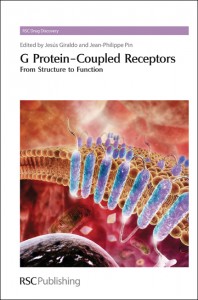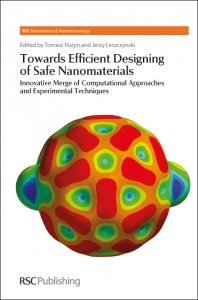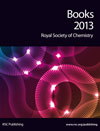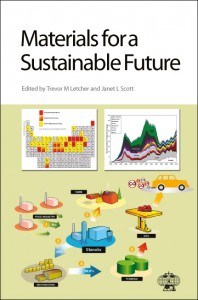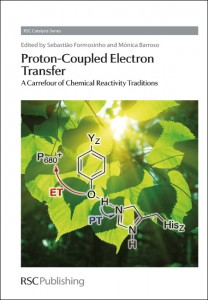 It has been 100 years, almost to the day, since Italian Chemist Giacomo Luigi Ciamician first proposed harnessing the sun’s power to produce energy. Writing in Science, Ciamician stated “And if in a distant future the supply of coal becomes completely exhausted, civilization will not be checked by that, for life and civilization will continue as long as the sun shines!”. With these words in mind, we have selected Proton-Coupled Electron Transfer: A Carrefour of Chemical Reactivity edited by Sebastiao Formosinho and Monica Barroso as the October book of the month.
It has been 100 years, almost to the day, since Italian Chemist Giacomo Luigi Ciamician first proposed harnessing the sun’s power to produce energy. Writing in Science, Ciamician stated “And if in a distant future the supply of coal becomes completely exhausted, civilization will not be checked by that, for life and civilization will continue as long as the sun shines!”. With these words in mind, we have selected Proton-Coupled Electron Transfer: A Carrefour of Chemical Reactivity edited by Sebastiao Formosinho and Monica Barroso as the October book of the month.
Amongst other topics, this fascinating book discusses both natural and artificial photosynthesis and highlights the importance of proton-coupled electron transfer in biological systems, in particularly for bioenergetic conversion.
“The book gives a good insight into current research on a vibrant topic. It is to be expected that it will be the first in a long upcoming list of publications, given the importance of PCET processes such as the activation of water, production of H2, reduction of CO2, and reduction of N2.” Reviewed in Angewandte Chemie International Edition.
Using personal accounts of experimental examples this book will provide a unique insight into the current understanding of this important reaction type.
Let the sun shine on your reactions.
Interested in other books on catalysis? Read more in the RSC Catalysis Series.
You may also be interested in the latest themed issue of Energy & Environmental Science on ‘Proton-coupled electron transfer’ .
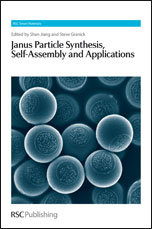 Like Janus, the two-faced Roman God peering into the past and the future, Janus particles have two sides with opposing physical properties such as hydrophobic versus hydrophilic.
Like Janus, the two-faced Roman God peering into the past and the future, Janus particles have two sides with opposing physical properties such as hydrophobic versus hydrophilic.










